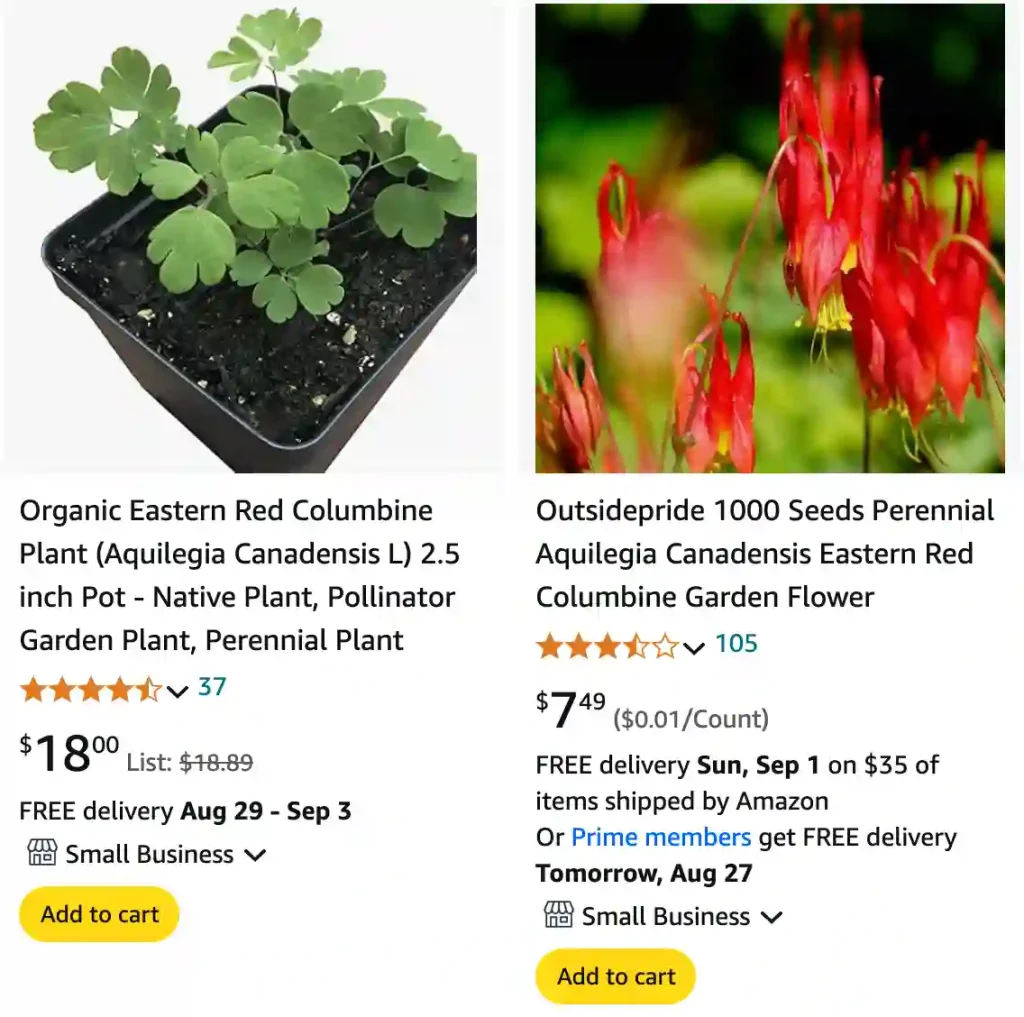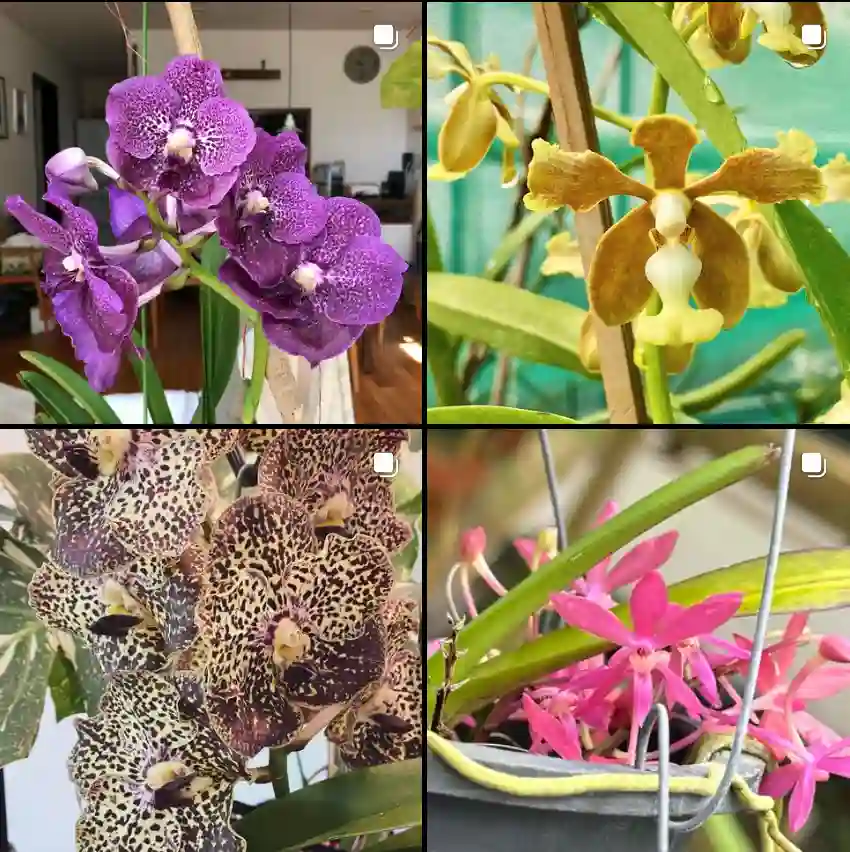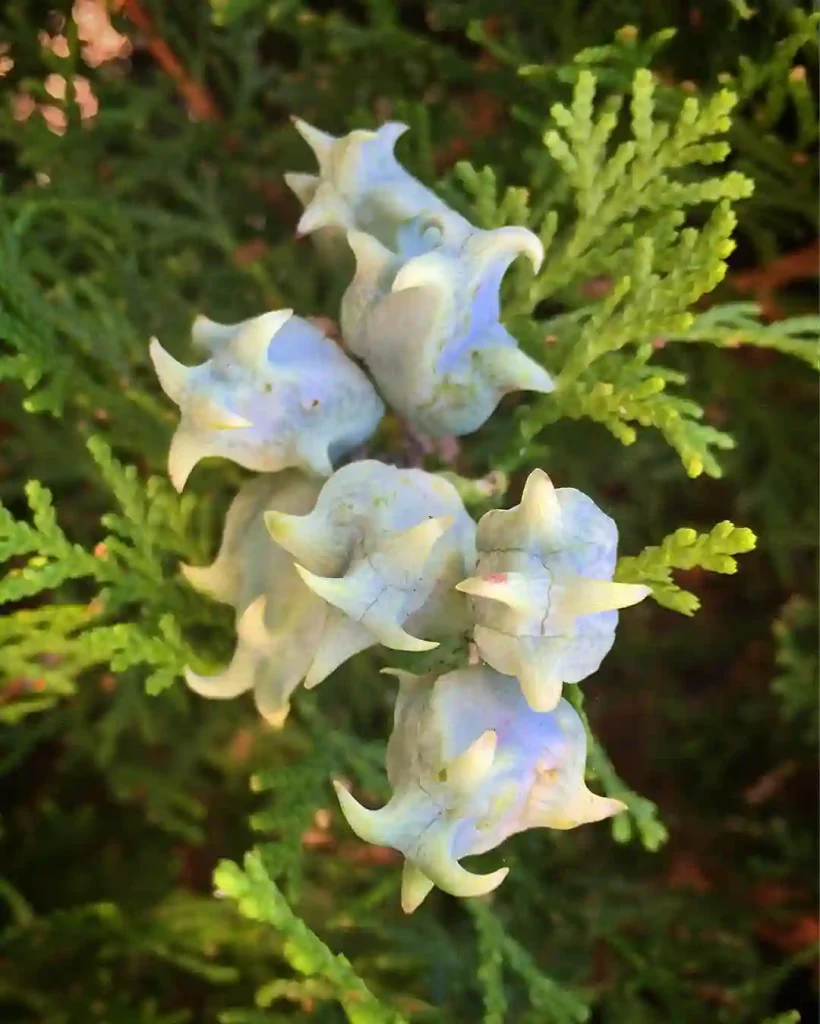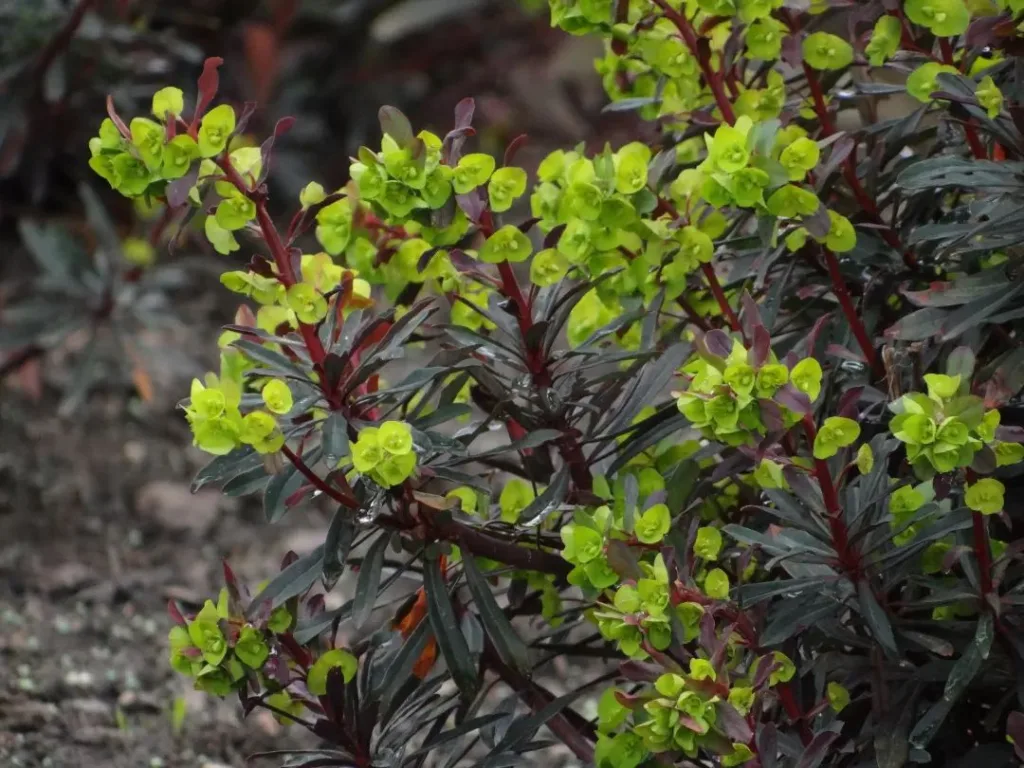
FAQs About Aquilegia Canadensis
As a passionate gardener, I’ve come to appreciate the beauty and versatility of Aquilegia Canadensis, commonly known as the Eastern Red Columbine. This plant adds a burst of color and elegance to any garden. If you’re considering adding Aquilegia Canadensis to your garden or just curious about it, here are some frequently asked questions and insights based on my own experiences.
135 Species in Genus Aquilegia – Columbine Flower
How Big Does Aquilegia Canadensis Get?
Aquilegia Canadensis typically reaches a height of 12 to 18 inches. The plant forms a neat, compact clump, with foliage that complements its striking flowers. The height and spread make it ideal for garden borders, rock gardens, or as a charming addition to a woodland garden. Its moderate size ensures it fits well in various garden settings without overpowering other plants.
How to Grow Aquilegia Canadensis?
Growing Aquilegia Canadensis is relatively straightforward. Here’s a step-by-step guide based on my experience:
- Planting Location: Choose a spot with partial to full shade. Aquilegia Canadensis thrives under the dappled shade of trees or in the filtered sunlight of a garden bed.
- Soil Requirements: The plant prefers well-draining soil that is rich in organic matter. A slightly acidic to neutral pH works best. Amend the soil with compost if it’s heavy or clayey.
- Sowing Seeds: If starting from seeds, sow them in early spring or late fall. Sow the seeds directly in the garden or start them indoors. Lightly cover them with soil, as they need light to germinate. Keep the soil consistently moist until germination, which typically takes 2 to 3 weeks.
- Transplanting: If transplanting seedlings, space them about 12 to 18 inches apart. Ensure they receive adequate water to help them establish.
- Watering: Regular watering is crucial, especially during dry spells. However, avoid waterlogging, as Aquilegia Canadensis doesn’t tolerate soggy soil.
Is Aquilegia Canadensis Perennial?
Yes, Aquilegia Canadensis is a perennial plant. It comes back year after year, typically blooming from late spring to early summer. The plant’s perennial nature means that once established, it will continue to grace your garden with its vibrant flowers annually. It’s a great choice for a garden that you want to have consistent color throughout the seasons.
Is This Aquilegia Canadensis Crenate Margin?
No, Aquilegia Canadensis does not have crenate margins. Instead, its foliage is deeply lobed with a delicate, fern-like appearance. The leaf edges are smooth rather than crenate (toothed or scalloped). The main appeal of Aquilegia Canadensis lies in its striking, bell-shaped flowers, which are often a vivid red with yellow interiors.
What Pollinates Aquilegia Canadensis?
Aquilegia Canadensis is primarily pollinated by hummingbirds. Its tubular flowers are perfectly adapted to the long beaks of these birds, which are drawn to the bright colors. Additionally, bees and butterflies may visit the flowers, contributing to their pollination. Planting Aquilegia Canadensis near other flowering plants that attract pollinators can help ensure it gets the attention it needs to thrive.
How to Care for Aquilegia Canadensis?
Caring for Aquilegia Canadensis involves a few key practices:
- Fertilization: Use a balanced, slow-release fertilizer in early spring to promote healthy growth and blooming. Avoid over-fertilizing, as this can lead to excessive foliage growth at the expense of flowers.
- Pruning: Deadhead spent flowers to encourage continued blooming and to prevent the plant from self-seeding too vigorously. After blooming, you can cut back the foliage to tidy up the plant.
- Pest and Disease Management: Aquilegia Canadensis is generally pest-resistant but watch for aphids or fungal issues. Good air circulation and avoiding overhead watering can help prevent fungal diseases.
How to Propagate Aquilegia Canadensis?
Propagation is usually done through seeds or division:
- Seeds: Collect seeds from spent flowers once they have dried. Store them in a cool, dry place until you’re ready to sow them. Follow the same sowing guidelines as for initial planting.
- Division: In the spring or fall, you can divide established clumps to propagate new plants. Carefully dig up the plant, separate the clumps, and replant them in new locations.
What to Plant With Aquilegia Canadensis?
Aquilegia Canadensis pairs well with a variety of other plants. Consider combining it with:
- Hostas: Their large leaves provide a lush backdrop for the delicate flowers of Aquilegia Canadensis.
- Ferns: They thrive in similar shade conditions and complement the columbine’s foliage.
- Bleeding Hearts: These plants have similar growing requirements and add a different flower shape and color to the mix.
Can You Grow Aquilegia Canadensis Indoors?
Aquilegia Canadensis is typically grown outdoors and prefers the natural light and outdoor conditions. Growing it indoors can be challenging due to its need for cool temperatures and specific light conditions. If you do wish to try growing it indoors, provide it with plenty of bright, indirect light and keep the room cool.
Is Aquilegia Canadensis Toxic?
Aquilegia Canadensis is mildly toxic if ingested, causing gastrointestinal upset in pets and humans. While it’s not highly poisonous, it’s best to keep it away from children and pets who might accidentally nibble on the leaves.
Benefits of Aquilegia Canadensis
Aside from its visual appeal, Aquilegia Canadensis can attract pollinators to your garden, which benefits other plants. Its perennial nature also means you’ll enjoy its beauty year after year, making it a valuable addition to any garden.
Common Problems
Common issues include aphid infestations and fungal diseases like powdery mildew. Regular monitoring and proper care can help mitigate these problems.
Comparing Aquilegia Canadensis with Similar Plants
Aquilegia Canadensis is often compared to other columbine species like Aquilegia vulgaris. While both are beautiful, Aquilegia Canadensis is known for its distinct red and yellow flowers, whereas Aquilegia vulgaris often features a broader color range and more varied flower shapes.
In summary, Aquilegia Canadensis is a charming and resilient plant that can enhance any garden with its vibrant flowers and ease of care. Whether you’re a seasoned gardener or a novice, this plant is worth considering for its beauty and relatively low maintenance needs.
If i die, water my plants!



